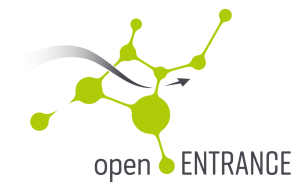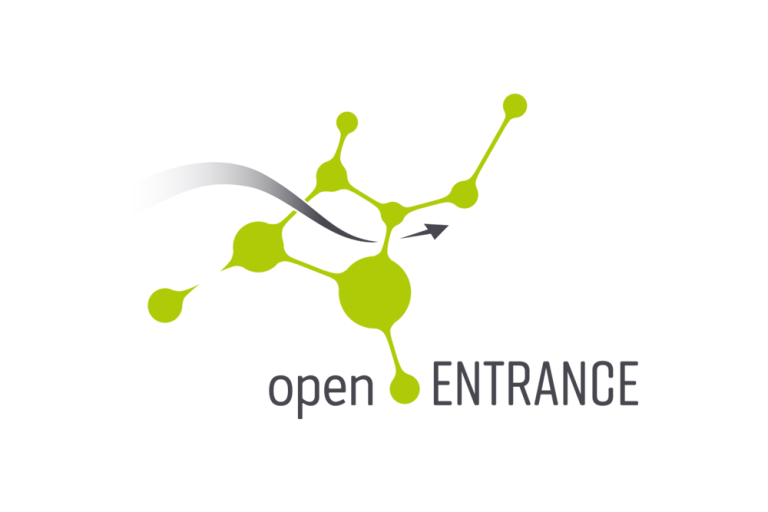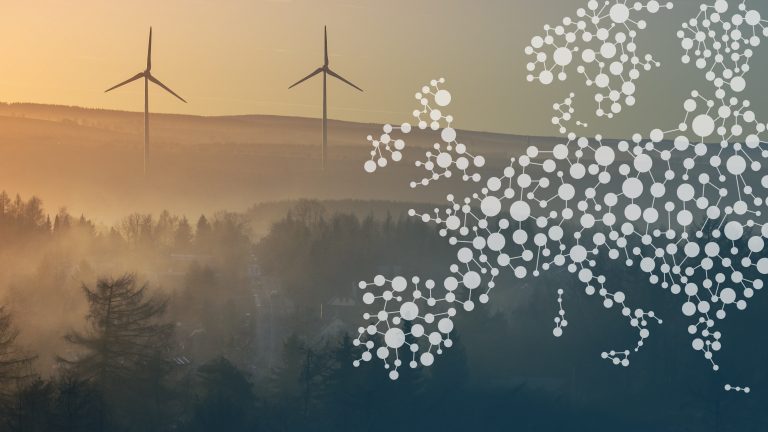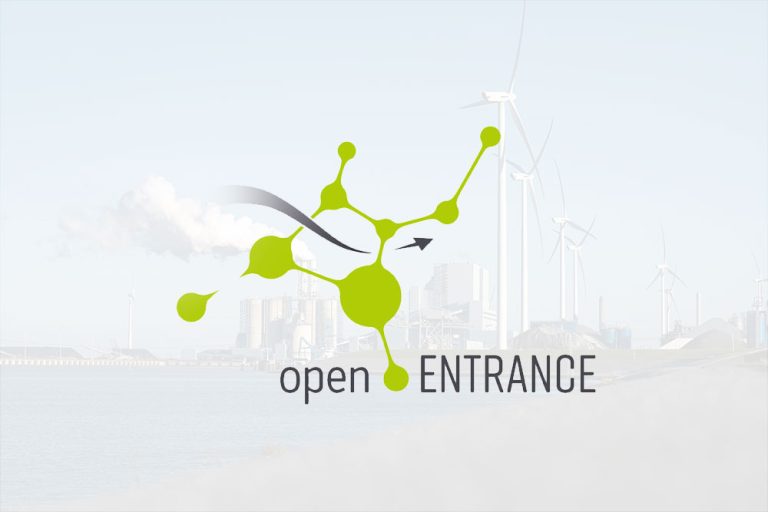
The Open Generation and Transmission Operation and Expansion Planning Model with RES and ESS (openTEPES) determines the investment plans of new facilities (generators, ESS and lines) to supply the forecasted demand at minimum cost. Tactical planning is concerned with time horizons of 10-20 years. Its objective is to evaluate the future generation, storage and network needs. The main results are the guidelines for the future structure of the generation and transmission systems. The openTEPES model is a decision support system aimed at defining the generation and transmission expansion plan of a large-scale electric system at a tactical level. This plan is defined as a set of generation and network investment decisions for future years. The expansion candidates, generators, ESS and lines, are pre-defined by the user. The model determines the optimal decisions among those specified by the user.
The objective function incorporates the two main quantifiable costs: generation and transmission investment cost (CAPEX) and expected variable operation costs (including generation emission and reliability costs) (system OPEX). The model formulates a stochastic optimization problem including generation and network binary investment decisions and operation decisions (commitment, startup and shutdown decisions are also binary).
The operation model is a network constrained unit commitment (NCUC) based on a tight and compact formulation including operating reserves with a DC power flow (DCPF). Network ohmic losses are considered proportional to the line flow. It considers different energy storage systems (ESS), e.g., pumped-storage hydro, battery, etc. It allows analyzing the trade-off between the investment in generation/transmission and the investment or use of storage capacity.
When automatically computing optimal expansion plans, several stochastic parameters that can influence the optimal generation and transmission expansion decisions are considered. The model considers stochastic medium-term yearly uncertainties (scenarios) related to the system operation. These operation scenarios are associated with renewable energy sources and electricity demand.
Model Overview
The main results produced by the model follow:
- Investment: investment decisions and costs
- Operation: the output of different units and their aggregation by technologies (thermal, storage hydro, pumped-storage hydro, RES), RES curtailment levels, line flows, line ohmic losses, and node voltage angles
- Emissions: CO2 emissions by unit
- Marginal: Locational Short-Run Marginal Costs (LSRMC)
A careful implementation has been done to avoid numerical problems by scaling parameters, variables and equations of the optimization problem allowing the model to be used for large-scale cases, e.g., the European system with hourly detail.
